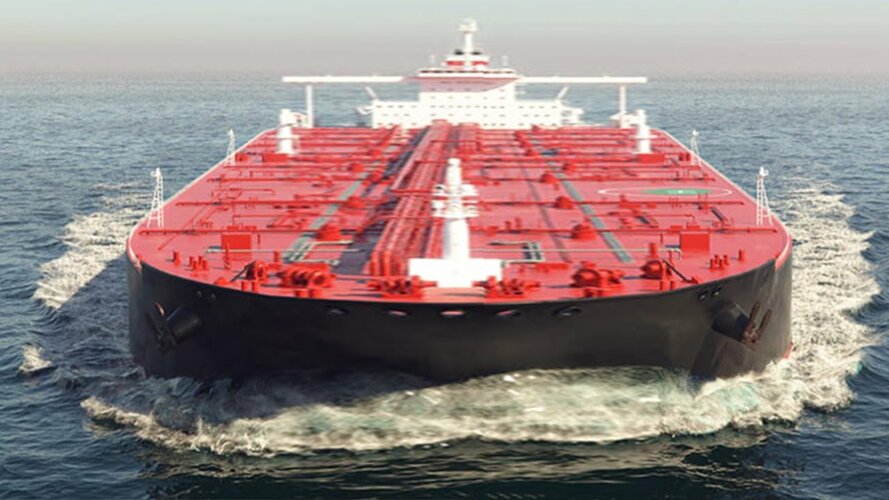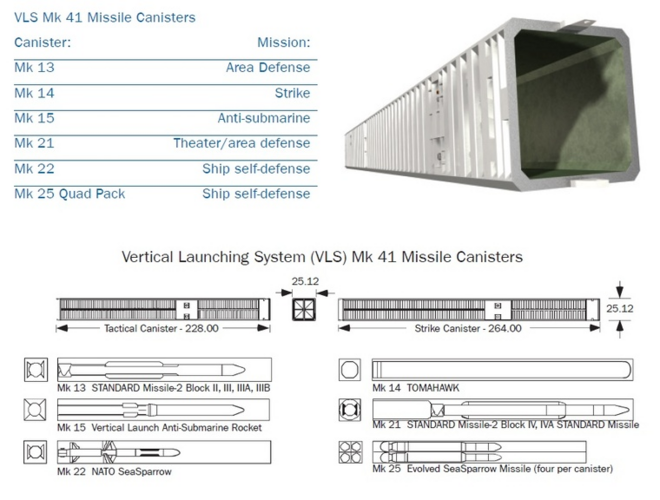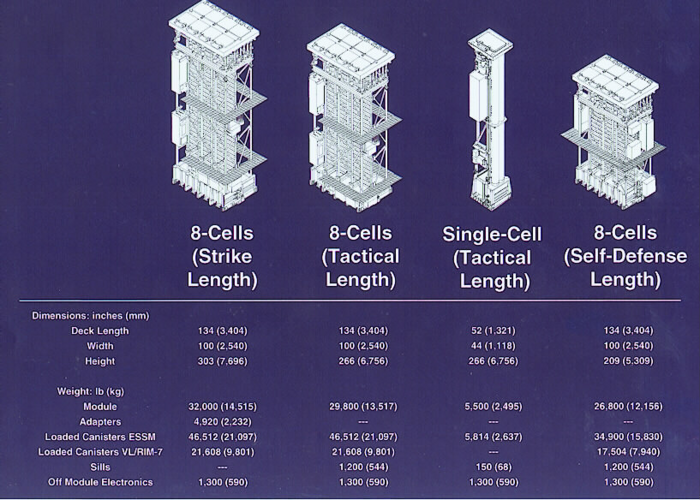Training complete and families waved goodbye to one more time, and
now Duncan is back in the eastern Mediterranean: this time working with US Amphibious Squadron 4. This is centred on the USS
Wasp, a big deck amphibious assault ship – a vessel that in most navies would be regarded as an aircraft carrier. There are also two more conventional assault ships, the amphibious transport dock USS
New York and dock landing ship
Oak Hill. These three vessels have aboard the 2,200 Marines of the 24th Marine Expeditionary Unit and their amazing panoply of equipment – jump jets, tiltrotors, hovercraft, swimming armour, helicopters and much else besides. The group has supply ship USNS
Patuxent in close support as well.
Already this deployment raises three points to note.
First, what
Duncan is doing now is core tasking for a destroyer. She has embarked US helicopters, hosted VIP visitors and beaten off exercise ‘attacks’ from the
Wasp’s Harrier jets, all the while providing essential layers of protection against real threats on and above the waves. She is also on hand to provide missile defence for our base in Cyprus if needed. It is this sort of layered defence that has kept our warships safe in the missile environment in the Red Sea. When those layers are penetrated, as they have been in the case of some transiting merchant vessels, or absent – as they are in Russia’s Black Sea Fleet – then that is when the strikes happen. Even as the Ministry of Defence initiates a Defence Review with Nato tasking at its core, HMS
Duncan is there defending the troops and ships of our Nato ally, the USA.
Second, it is interesting that American Amphibious Ready Groups (ARGs) like the one
Duncan is protecting don’t usually have dedicated escort warships of their own. Twenty years ago this would have been unthinkable but there is an increasing trend with US ARGs (and our own LRGs) to operate without accompanying destroyers or frigates. The brochure says this improves “flexibility, rapid response capabilities, and adaptability to evolving maritime threats”. The reality is largely that the US Navy, like ours, doesn’t have enough escort warships to go around. This is unfortunate as the ships of Amphibious Squadron 4 have only close-in, last-ditch air defence weapons. Most of
the 24th MEU also offers no capability for fighting at sea – the main exception to this being the six Marine Harriers aboard the
Wasp, which can act as effective air defence fighters (though without proper radar direction) or mount anti-ship attacks. The presence of
Duncan with her dedicated group air defence Sea Viper missile system makes the ARG enormously safer.
Third is the Houthi-sized elephant in the room. This problem has not gone away at all. The rate of missile and drone attacks has remained steady in the last few weeks but the rate of attacks using Uncrewed Surface Vessels is increasing and given that these weapons hit on the waterline, this is a problem. We’ve also just seen the total abandonment of the Sevastopol naval base by Russia’s Black Sea Fleet in response to Ukraine’s devastating use of similar weapons. Back in the Red Sea we also saw two ships attacked off Hudeydah using surface drones. These were less successful than their Ukrainian equivalents, thankfully, but the sooner the USS
Theodore Roosevelt can get there and start knocking these things out from the air, the better. She might even arrive today.
Meanwhile,
Duncan’s people will be wanting to detach from the US group in the Med and get amongst it in the Red Sea. What
Duncan is doing now is excellent and important but 1800 miles south there is a war going on (
which we are losing) and the ship’s company will be itching to get stuck in. This isn’t a blood thirst, more that the opportunities to do what you have spent your life training for in a very high-threat environment are rare and you want to take them. Also, and you won’t find this in any official statement, they will be damned if they are going to let their sister ship HMS
Diamond hog the bragging rights and be the only ship with kill markings painted on her bridge.












